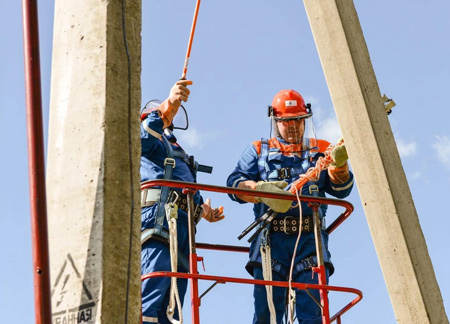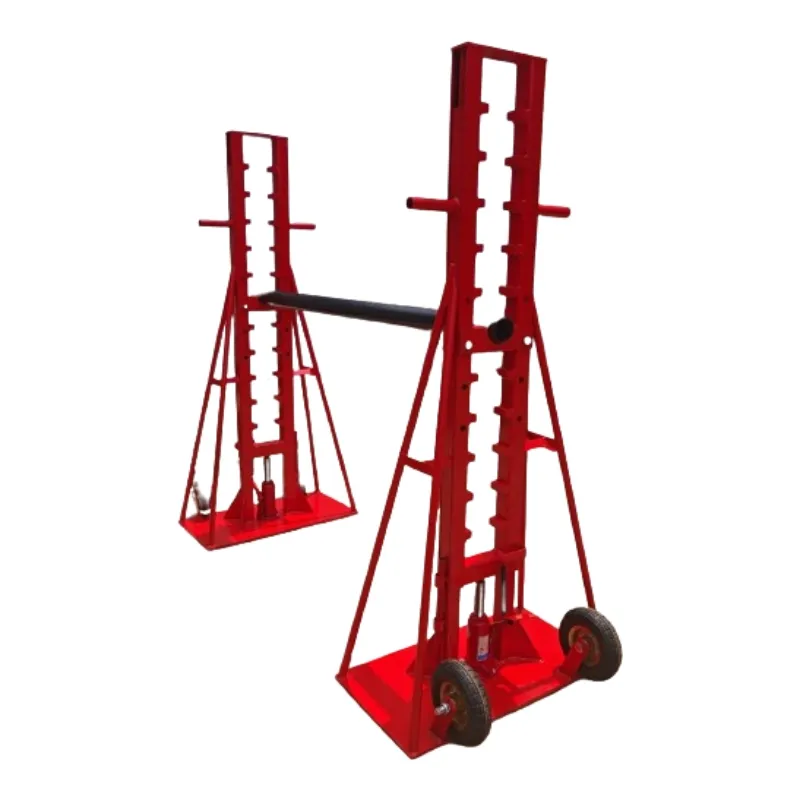
-
 Afrikaans
Afrikaans -
 Albanian
Albanian -
 Amharic
Amharic -
 Arabic
Arabic -
 Armenian
Armenian -
 Azerbaijani
Azerbaijani -
 Basque
Basque -
 Belarusian
Belarusian -
 Bengali
Bengali -
 Bosnian
Bosnian -
 Bulgarian
Bulgarian -
 Catalan
Catalan -
 Cebuano
Cebuano -
 Corsican
Corsican -
 Croatian
Croatian -
 Czech
Czech -
 Danish
Danish -
 Dutch
Dutch -
 English
English -
 Esperanto
Esperanto -
 Estonian
Estonian -
 Finnish
Finnish -
 French
French -
 Frisian
Frisian -
 Galician
Galician -
 Georgian
Georgian -
 German
German -
 Greek
Greek -
 Gujarati
Gujarati -
 Haitian Creole
Haitian Creole -
 hausa
hausa -
 hawaiian
hawaiian -
 Hebrew
Hebrew -
 Hindi
Hindi -
 Miao
Miao -
 Hungarian
Hungarian -
 Icelandic
Icelandic -
 igbo
igbo -
 Indonesian
Indonesian -
 irish
irish -
 Italian
Italian -
 Japanese
Japanese -
 Javanese
Javanese -
 Kannada
Kannada -
 kazakh
kazakh -
 Khmer
Khmer -
 Rwandese
Rwandese -
 Korean
Korean -
 Kurdish
Kurdish -
 Kyrgyz
Kyrgyz -
 Lao
Lao -
 Latin
Latin -
 Latvian
Latvian -
 Lithuanian
Lithuanian -
 Luxembourgish
Luxembourgish -
 Macedonian
Macedonian -
 Malgashi
Malgashi -
 Malay
Malay -
 Malayalam
Malayalam -
 Maltese
Maltese -
 Maori
Maori -
 Marathi
Marathi -
 Mongolian
Mongolian -
 Myanmar
Myanmar -
 Nepali
Nepali -
 Norwegian
Norwegian -
 Norwegian
Norwegian -
 Occitan
Occitan -
 Pashto
Pashto -
 Persian
Persian -
 Polish
Polish -
 Portuguese
Portuguese -
 Punjabi
Punjabi -
 Romanian
Romanian -
 Russian
Russian -
 Samoan
Samoan -
 Scottish Gaelic
Scottish Gaelic -
 Serbian
Serbian -
 Sesotho
Sesotho -
 Shona
Shona -
 Sindhi
Sindhi -
 Sinhala
Sinhala -
 Slovak
Slovak -
 Slovenian
Slovenian -
 Somali
Somali -
 Spanish
Spanish -
 Sundanese
Sundanese -
 Swahili
Swahili -
 Swedish
Swedish -
 Tagalog
Tagalog -
 Tajik
Tajik -
 Tamil
Tamil -
 Tatar
Tatar -
 Telugu
Telugu -
 Thai
Thai -
 Turkish
Turkish -
 Turkmen
Turkmen -
 Ukrainian
Ukrainian -
 Urdu
Urdu -
 Uighur
Uighur -
 Uzbek
Uzbek -
 Vietnamese
Vietnamese -
 Welsh
Welsh -
 Bantu
Bantu -
 Yiddish
Yiddish -
 Yoruba
Yoruba -
 Zulu
Zulu


TEL:
0086-311-88862036
កុម្ភៈ . 07, 2025 04:23 Back to list
Straight Cable Roller
Lifting shackles, a crucial tool in heavy lifting and rigging operations, are indispensable in industries such as construction, offshore, and shipping. Despite their simple appearance, selecting the right type of shackle is paramount to ensuring safety and efficiency on the job. With a wide variety of lifting shackles available, it is vital to match the right type to the specific application to prevent equipment failure and potential hazards.
Screw pin shackles provide the convenience of rapid assembly and disassembly, making them popular in scenarios where the shackle needs to be frequently removed or reattached. The screw pin design places them at higher risk of accidental loosening under vibration, thus regular checks are required to ensure they remain secure. In contrast, bolt-type shackles offer increased security with a nut and cotter pin, making them suitable for more permanent or long-term applications. Using lifting shackles safely requires more than just selecting the appropriate type; understanding the environmental factors and load dynamics is integral. Conditions such as temperature, chemical exposure, and load movement should all be considered when specifying shackles. Furthermore, proper training and routine inspections are critical components of any lifting operation, guaranteeing that all equipment remains in optimal condition. For businesses and professionals seeking to maintain safety and efficiency, working with reputable suppliers ensures that lifting shackles meet international standards. Compliance with regulations such as those from OSHA, ASME, and others guarantees that shackles are manufactured to withstand stated loads. Trustworthiness in equipment is non-negotiable in an industry where the safety of personnel and materials is on the line. In conclusion, understanding the various types of lifting shackles, their unique advantages, and suitable applications is vital for anyone involved in heavy lifting operations. By ensuring correct application and routine maintenance, businesses can achieve both safety and cost-efficiency, ultimately enhancing site productivity and securing trustworthiness in their lifting practices.


Screw pin shackles provide the convenience of rapid assembly and disassembly, making them popular in scenarios where the shackle needs to be frequently removed or reattached. The screw pin design places them at higher risk of accidental loosening under vibration, thus regular checks are required to ensure they remain secure. In contrast, bolt-type shackles offer increased security with a nut and cotter pin, making them suitable for more permanent or long-term applications. Using lifting shackles safely requires more than just selecting the appropriate type; understanding the environmental factors and load dynamics is integral. Conditions such as temperature, chemical exposure, and load movement should all be considered when specifying shackles. Furthermore, proper training and routine inspections are critical components of any lifting operation, guaranteeing that all equipment remains in optimal condition. For businesses and professionals seeking to maintain safety and efficiency, working with reputable suppliers ensures that lifting shackles meet international standards. Compliance with regulations such as those from OSHA, ASME, and others guarantees that shackles are manufactured to withstand stated loads. Trustworthiness in equipment is non-negotiable in an industry where the safety of personnel and materials is on the line. In conclusion, understanding the various types of lifting shackles, their unique advantages, and suitable applications is vital for anyone involved in heavy lifting operations. By ensuring correct application and routine maintenance, businesses can achieve both safety and cost-efficiency, ultimately enhancing site productivity and securing trustworthiness in their lifting practices.
Latest news
What Are Construction Tools and How Are They Used?
NewsJul.11,2025
Professional-Grade Duct Rodding Tools for Superior Cable Installation
NewsJul.11,2025
Enhancing Safety and Efficiency with Modern Hot Stick Solutions
NewsJul.11,2025
Empowering Cable Installation with Advanced Rodder Solutions
NewsJul.11,2025
Elevate Your Cable Installation Projects with Cable Pulling Tools
NewsJul.11,2025
Efficient Cable Handling Solutions: Cable Rollers for Sale
NewsJul.11,2025
Copyright © 2025 Shijiazhuang Bilo Import and Export Trading Co., Ltd. All Rights Reserved. Sitemap | Privacy Policy

BlLo lmport & Éxport is specialized in power and cable equipment andconsiruction tools,Qur main producis are FRP
duct rodder, cable rollerscable pulling winch, cable drum jack, cable pulling sock, etc.
Copyright © 2025 Shijiazhuang Bilo Import and Export Trading Co., Ltd. All Rights Reserved. Sitemap | Privacy Policy










